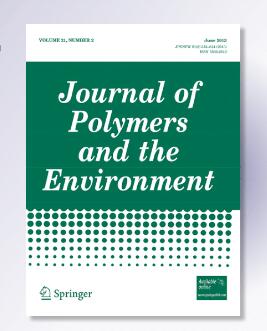A Highly Sensitive Test System for Measuring the Phenolic Index of Wastewater Based on a Biocompatible Composite Material with Carbon Nanotubes
Abstract
A biosensor for the determination of the phenol index in water bodies has been developed using enzymes immobilized on the redox-active polymer surface of a graphite paste electrode. Tyrosinase, laccase, and bacterial cell membrane fractions were used as biological materials. Redox polymers based on bovine serum albumin (BSA) and various electron transport mediators were synthesized for immobilization. It has been shown that a redox polymer based on ferrocene (FC) combined with single-walled carbon nanotubes (SWCNTs) is more promising for use in biosensors than a polymer based on safranin (SAF) based on electrochemical and analytical parameters. The best results were obtained with the “BSA-FC-SWCNT-tyrosinase” bioanalytical system, which has a lower limit of detectable concentrations of 1 × 10⁻³ mg/L, indicating the possibility of monitoring water environments with a phenol concentration corresponding to the maximum permissible concentration (MPC). The maximum analytical signal was generated at a temperature of 30 °С and a pH of 6.8. The biosensor was stable at concentrations of heavy metal ions up to 100 times the MPC, as well as at NaCl concentrations up to 5%. The system was tested on river water samples containing phenol. A statistical analysis of the results showed no significant difference between the biosensor results and those of standard analytical methods. The proposed approach will significantly reduce the analysis time, its labor intensity and cost.


 求助内容:
求助内容: 应助结果提醒方式:
应助结果提醒方式:


